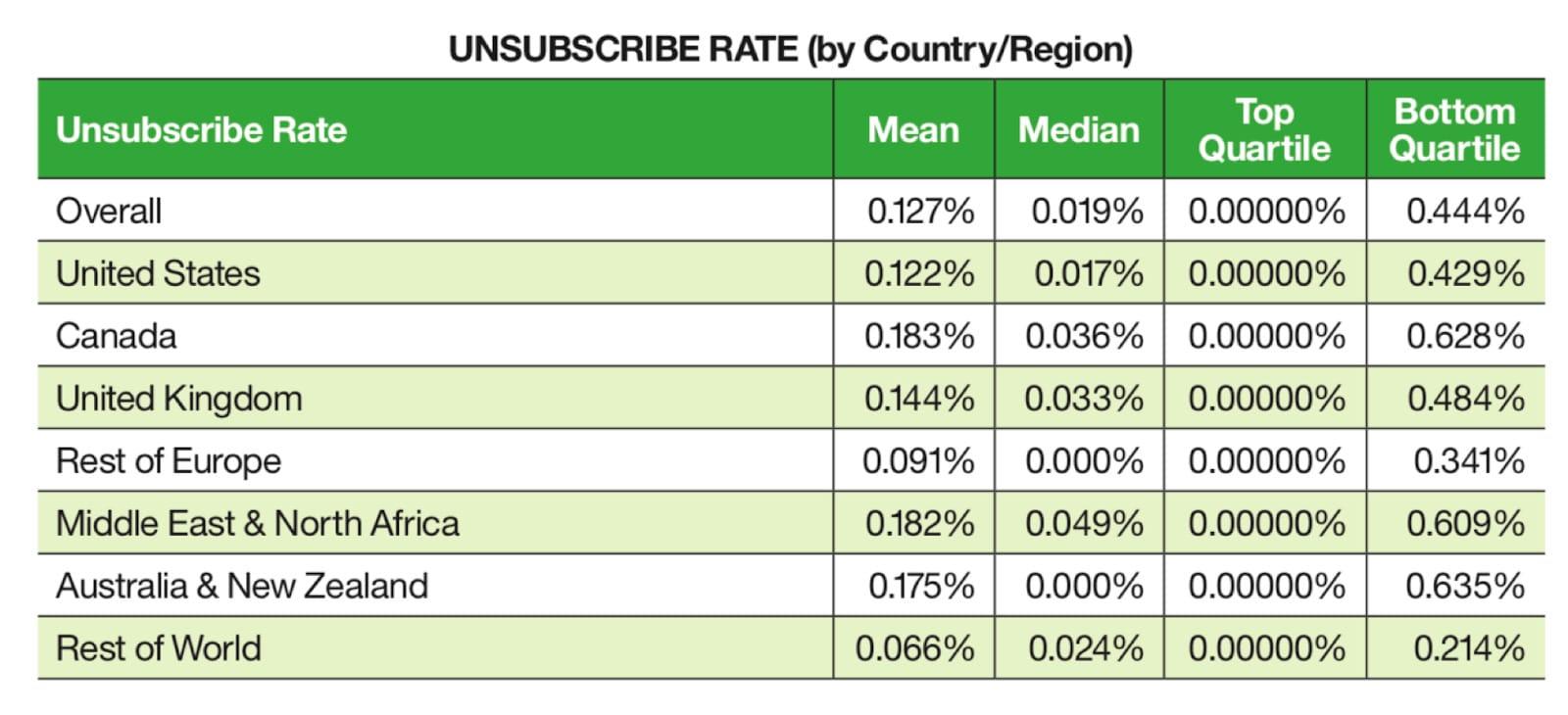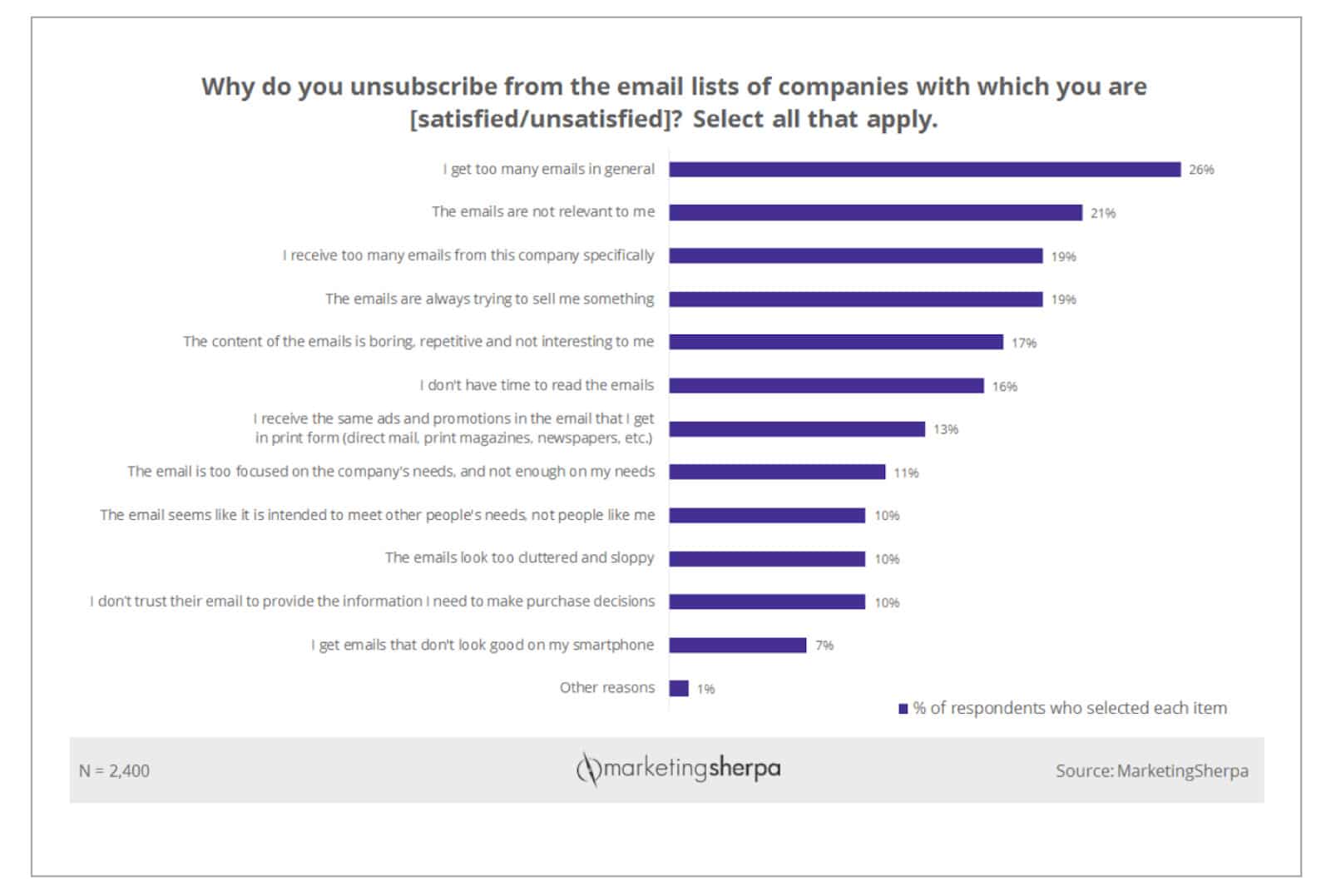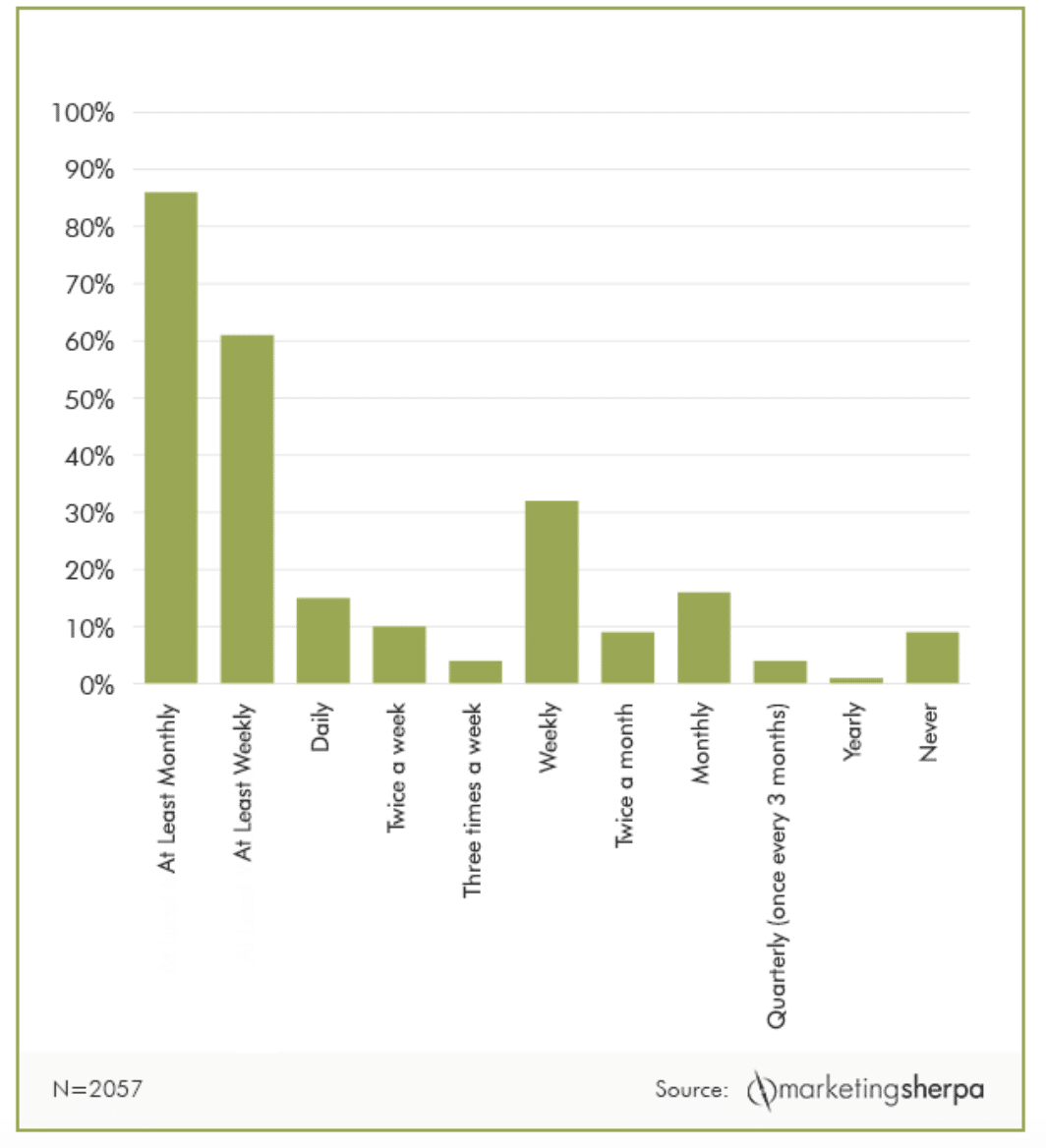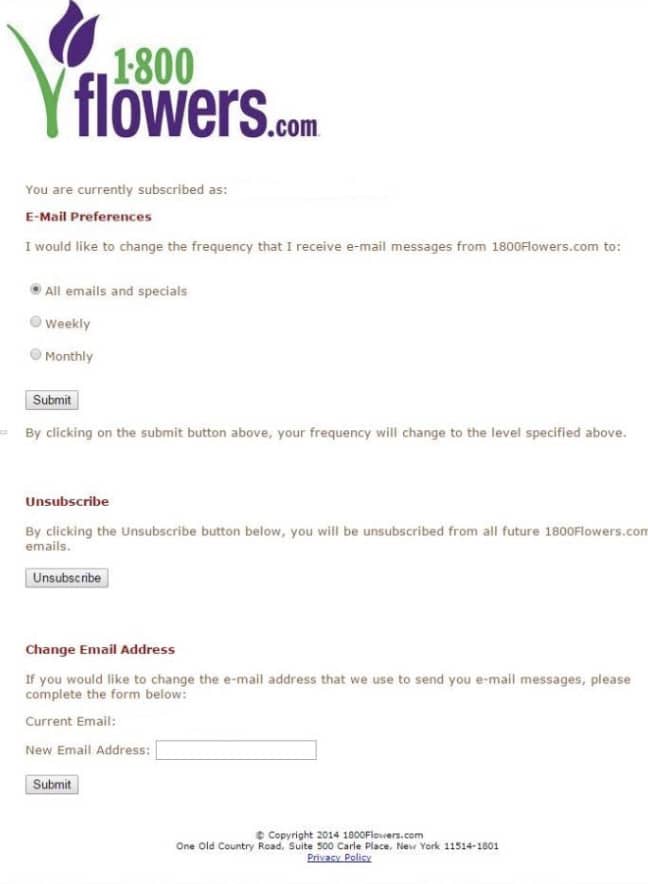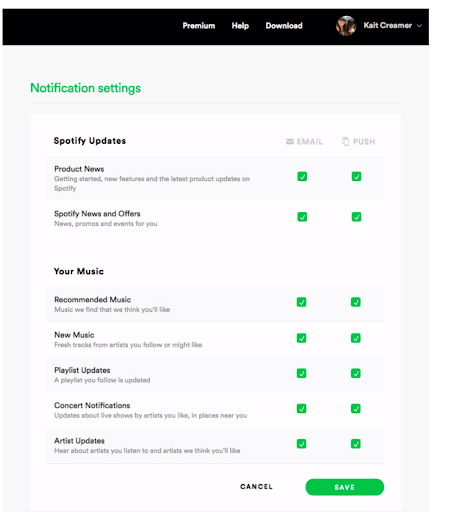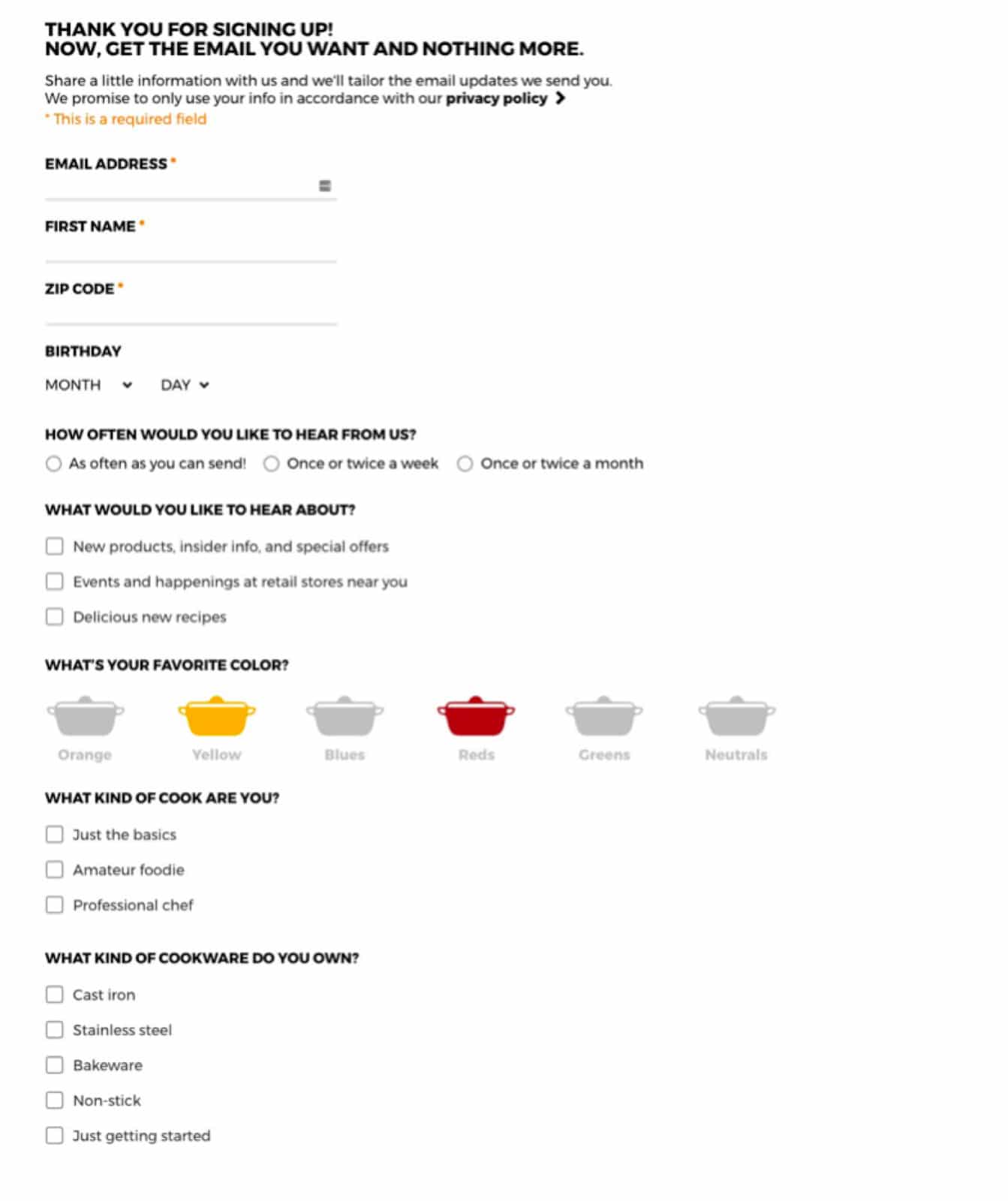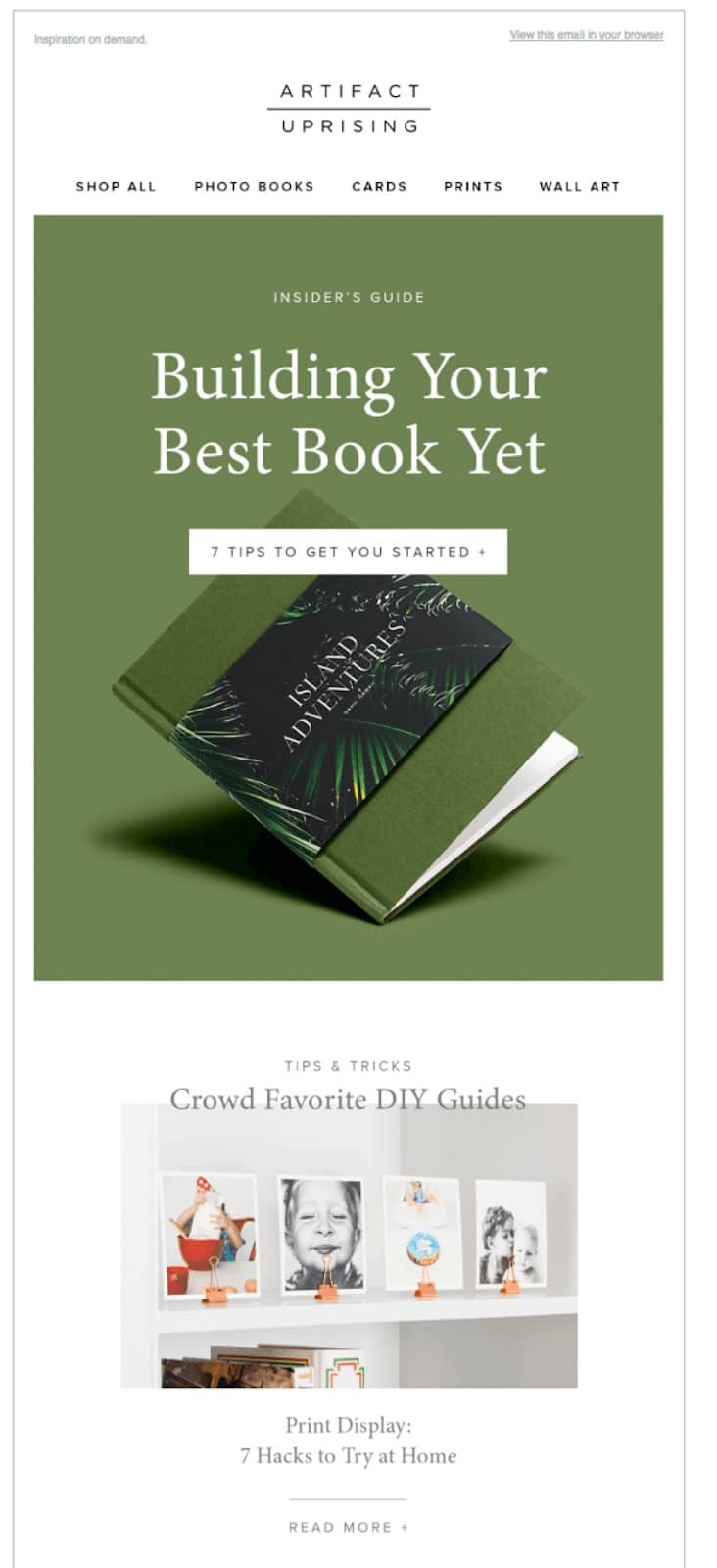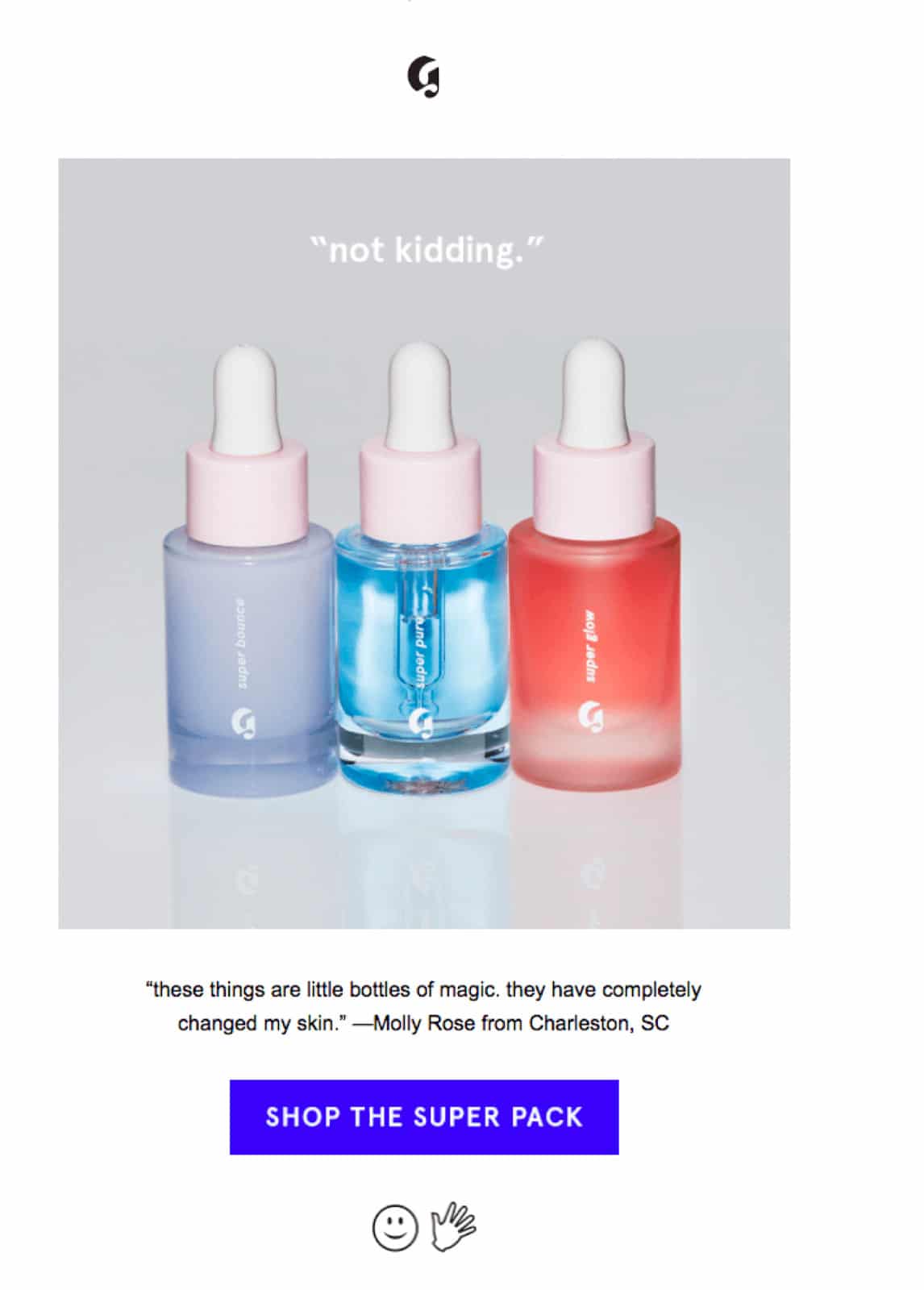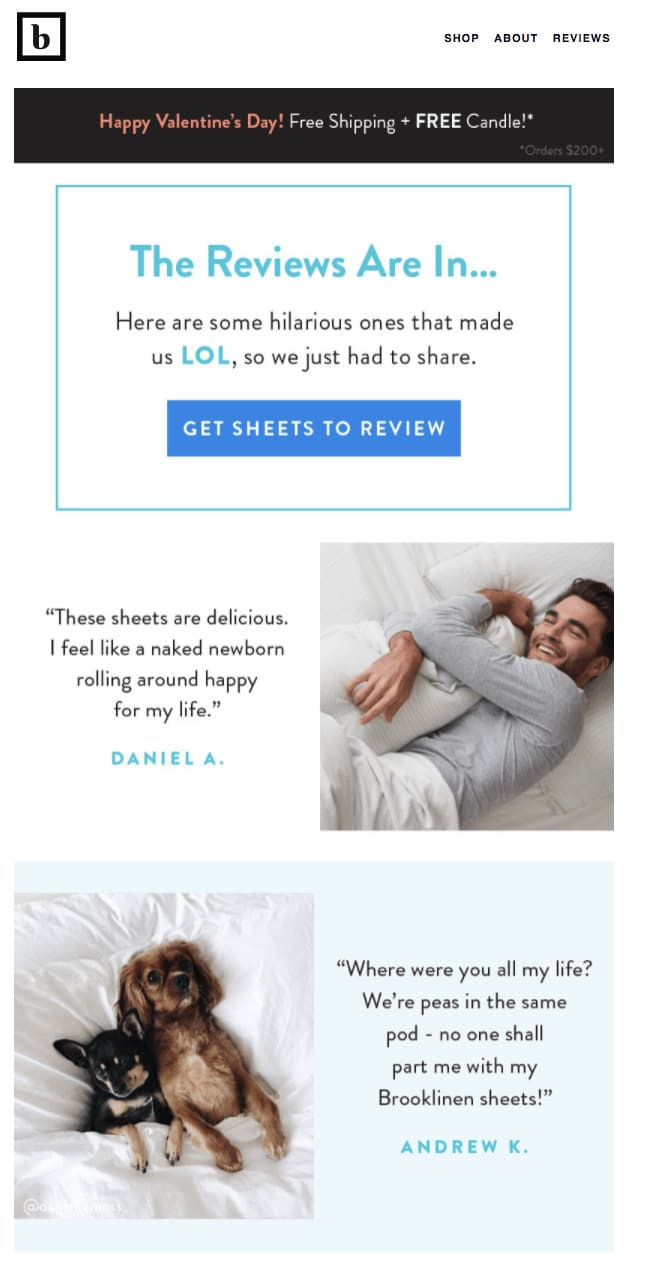Why do people unsubscribe from email marketing campaigns?
Email marketing campaigns have a reputation for outstanding return-on-investment (ROI) when they’re done well, a fact that has marketers focusing on this tool even more than before.
I mean, who doesn’t want to get $38 of benefit for every dollar of the marketing budget, with some companies realizing as much as a 70:1 ROI?
But, like a cloud obscuring the silver lining, there is one problem that most email marketing teams must deal with on a consistent basis—list churn.
In this article, you’ll learn what list churn is and discover ways to avoid it for even more ROI in your next email marketing campaign.
What is email list churn?
At its core, churn is just the word used to describe how many subscribers leave your email list over a specified timeframe.
There are two types of churn—transparent and opaque.
- Transparent churn occurs when your target email recipient clicks that unsubscribe link. This includes those who go on to report your email as spam, as well as those addresses that are lost due to hard bounces. Hard bounces, for reference, happen when you’ve sent to an invalid address either due to typos, incorrect information, or domains that no longer exist.
- Opaque churn happens when people just don’t open your email, either because they’re not interested or because your emails are hitting their spam folder rather than the inbox.
Here’s how to calculate it:
Image: 60 Second Marketer
Once you've calculated the unsubscribe rate specific to your campaign, you can compare it to others. Recent research shows unsubscribe rates vary across the world:
Image: EllisJones.com
While those number might look confusing, they tell one simple story: Just a slight improvement in the unsubscribe rate can increase your list and profitability by leaps and bounds.

But before you can work on improving churn, you need to answer one question: Why do people unsubscribe from email marketing campaigns?
We’ve got the answers, below, so you can start slowing the churn and improving ROI immediately.
So, why do people unsubscribe from email marketing campaigns?
Almost everyone is sending email, but few companies are doing it well. Most business people receive more than 122 emails per day—and that number will rise as more and more marketers jump on the email marketing bandwagon.
Add that to the fact that people are feeling more stressed out these days than ever before due to an emphasis on goals, lack of close community ties, and of course, technology.
That’s why it may come as no surprise that the biggest reason most people unsubscribe from emails is “getting too many emails.”
1. Too much of a good thing is not good.
No matter how much subscribers love and recognize your brand, getting bombarded with tons of emails can get annoying. Statistics prove this again and again, as the number one reason for unsubscribing from a list is receiving “too many emails.”
Inbox overload is a real thing and there are plenty of articles detailing how to fight it.
Some of the most prominent suggestions? Mass unsubscribe from email lists, set up filters to block specific emails, and turn off social media notifications.
To avoid getting your brand filtered out of inboxes, reduce the frequency of sending to an optimal level. You can determine the best frequency for sending emails using this chart from Marketing Sherpa below:
Or, you can give your subscribers control over frequency through a simple, embedded survey. This one from 1-800-FLOWERS is a great example:
Image: Pinterest
Not only does it address frequency, but this survey also gives customers the chance to update their email address, which can keep those hard bounces from affecting your list.
Allowing subscribers to choose the frequency that fits their needs means they’ll be looking forward to your next emails rather than being annoyed by them.
It also shows that you clearly value their time and are concerned with their satisfaction. After all, a satisfied customer is 154% more likely to stay engaged with your brand—and remain on your email list.
Surveys like these can also work for the next reason people unsubscribe, which is irrelevant content.
2. Lack of relevant content
Content is what people crave, but it has to be fine-tuned for their needs. If you’ve segmented your list correctly, this shouldn’t be a too much of an issue.
Still, it’s a good idea to allow subscribers to choose the content they want to see. Here’s how Spotify accomplishes this:
Image: Really Good Emails
Not only do Spotify’s customers get to choose email content, but they can decide if they want to opt in to push notifications as well.
Another stunning example of a way to individualize customer needs by sending this email when some opts-in to their list is provided by LeCreuset:
Image: Really Good Emails
They’re actually asking the customer directly what kind of content they’d like, which will contribute to a more accurately segmented list — and less churn.
Le Creuset is segmenting by type of cook, type of cookware, color preferences, and content preferences, with frequency added in for extra benefit.
You can segment in any way that makes sense for your brand. Examples of characteristics you can use for segmentation include:
- Geographic location
- Age
- Gender
- Occupation
- Hobbies
- Frequency of purchases
- Memberships
Segmenting your subscribers will allow you to provide more personalized content that will keep them engaged and on board.
3. Promotional emails
Email is often ranked as the best strategy for customer acquisition, awareness, retention, and conversion.
And yet, many email marketing teams are a bit heavy-handed with the promotional aspect, sending out sales email after sales email to prospective customers.
Getting too many sales-oriented emails is tied for third place on our “reasons to unsubscribe” list and with good reason.
Instead of always sending promotional emails, use this dynamic channel to encourage engagement and connect with your customers on a personal level.
Giving them authentic content they can trust will position you as an authority — and boost sales as a byproduct.
Here’s an email that gives subscribers added value through DIY tips and tricks:
Image: Really Good Emails
And here’s one that coaches recipients on how to hang art, with a click-through for more information.
Image: ReallyGoodEmails
Framebridge isn’t just selling frames, they are also selling experience and knowledge.
They’re spending time with their customers by sharing tutorials and compelling content. That way, when it’s time to buy a frame, their subscribers will know right where to go.
4. Telling, not asking
Too many companies produce emails that are all about them. After all, you want your customers to know your brand’s story, right?
Yes, you do, but they’re not interested in your company’s needs and wants — they’re interested in their own.
So, go ahead and tell your brand story, but use your emails to make your customers a part of the narrative. One way is to include customer testimonials in your emails like Glossier does:
Image: Emaildesign.bee.io
Or, use humor (and customers’ words) to show the benefits of your product, like Brooklinen does:
Image: Emaildesign.bee.io
Combining channels, like sharing something from social media, allows for engagement and lets you take a conversation started on one channel and continue it on another for multiplied benefits.
Any way you use it, focusing your emails on your customer leads to increased interest and trust—while still getting your brand’s story out there.
Wrap up
Why do people unsubscribe from email marketing campaigns?
Mostly due to receiving too many emails or content that’s not relevant or interesting.
Solving this issue is easy when you develop a well-segmented list that uses customer engagement to increase content relevance.
What’s great about that solution is that your email marketing can directly assist in creating the individualized personas and associated content that drives engagement, reduces list churn, and increases ROI.
So, take a few suggestions from this list and incorporate them in your next email marketing campaign. As your customers let you know what they want, you’ll be able to deliver targeted, compelling content.
And the more you fine-tune your frequency and content quality, the better your results will be.
MOST RECENT ARTICLES
Want to engage your audience and grow your brand? Try Emma's robust easy-to-use product today.


